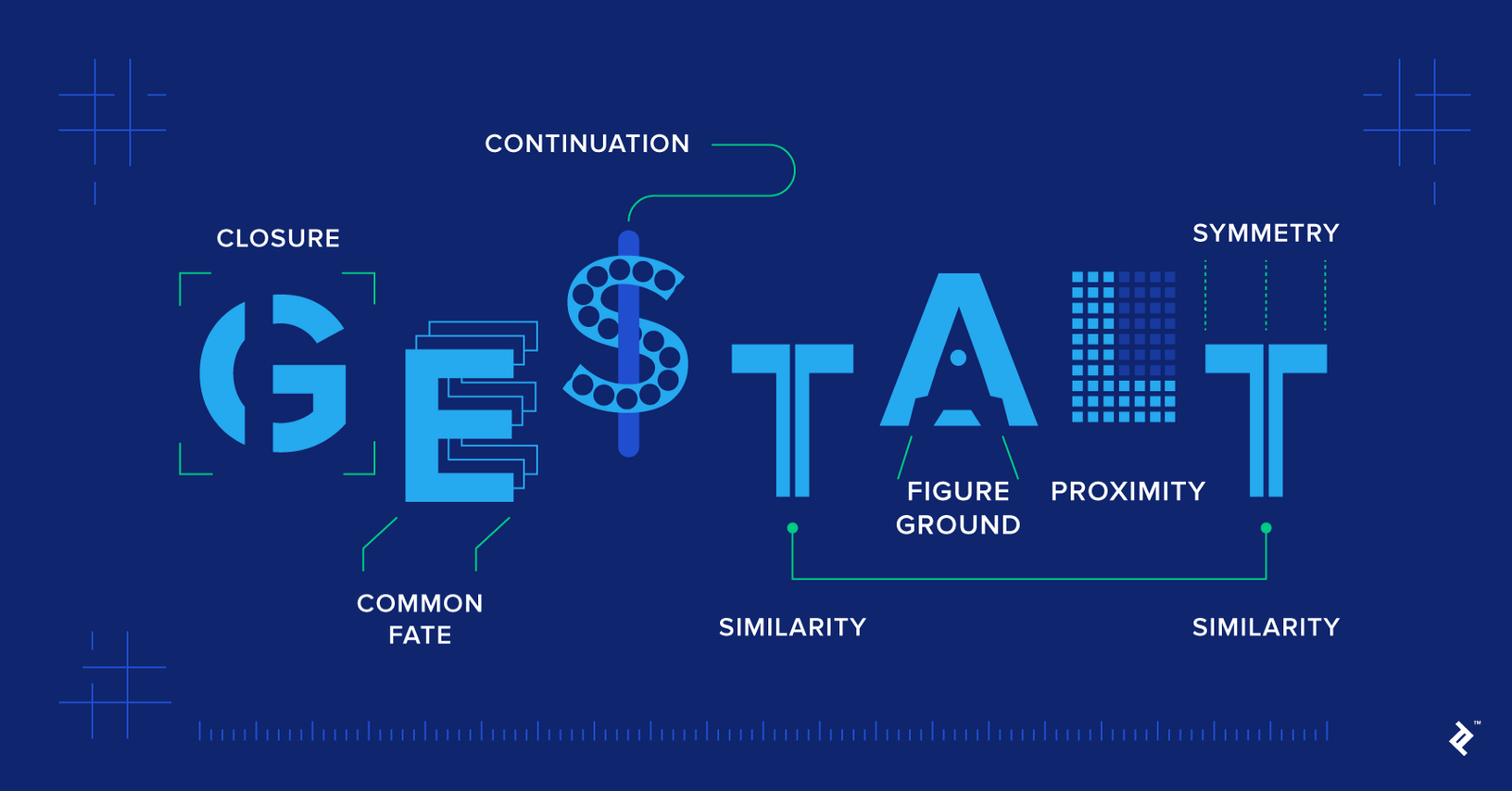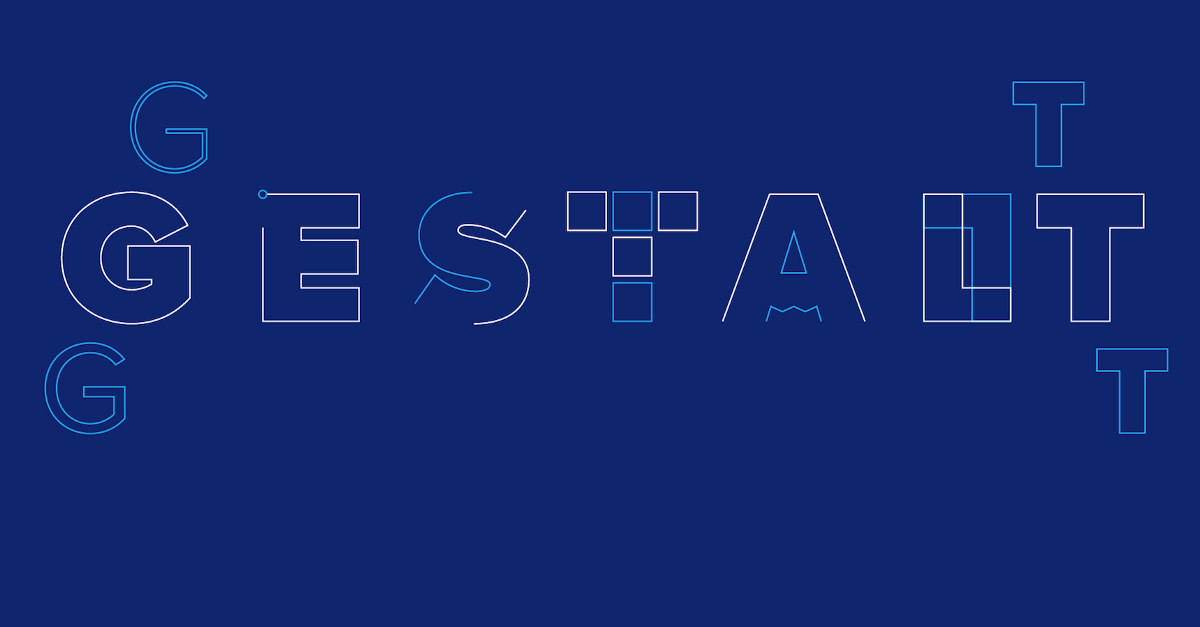The human brain processes about 4 billion bits of information per second (most of it unconsciously) and transmits information at 200 miles per hour. You don’t believe me? Look it up.
All this neural activity would consume an enormous amount of energy if we were to be conscious of it all, so in order to save energy — while operating at maximum efficiency — the brain uses inductive reasoning and conditional probability to make sense of the world. In other words, when processing visual information hitting our eyes at 1,000 frames per second, our brain opts to be somewhat “lazy.”
Gestalt theory and psychology was conceived when scientists studied this phenomenon more deeply, and Gestalt’s guiding principle, that our minds tend to perceive objects as part of a greater whole, was born. Gestalt theory emphasizes that the whole of anything is greater than its parts, i.e., the mind forms a global whole with self-organizing tendencies.
Gestalt psychologists observe that humans naturally perceive objects as organized patterns and objects, a principle known as Prägnanz. Gestalt psychologists argued that these principles exist because the mind’s innate disposition is to perceive patterns in the stimulus based on certain rules.

Can designers take advantage of Gestalt theory, its elements, and principles of design? By observing, researching, and identifying examples of our perceptual abilities, designers can design products according to these unifying qualities. In fact, over the last two decades, the work of Gestalt psychologists has been adopted by designers involved in the development of products for human use.
The implementation of Gestalt principles can greatly improve, not just the aesthetics of a design, but also its functionality and user-friendliness, and are a valuable set of ideas for any designer to learn.
There are six individual principles commonly associated with Gestalt theory: similarity, continuation, closure, proximity, figure/ground, and symmetry and order (also called prägnanz). There are also other additional, newer principles sometimes associated with gestalt, such as common fate.
